One of the benefits of indoor gardens is that they have fewer pest problems. Insulated and protected to a degree from the outdoors, far fewer pests will be able to access your plants. But even indoor hydroponic gardens can still have pests once in a while.
In this guide, we will introduce you to some of the most common pests, help you to identify them, understand their impacts, and learn how to deal with them when they appear.
1. Aphids

One of the most common pests, indoors as well as outside, aphids are the first common pest for us to look at.
What are Aphids?
Aphids belong to the Aphididae family. They are small insects known sucking sap from a number of plants. There are thousands of species, several hundred of which pose potential problems for growers indoors as well as outside.
Identification
These insects measure less than 1/8th of an inch. Specific species are often referred to by names such as greenfly and blackfly, although their colouration varies depending on the specific species. You can see aphids congregating on your plants, often on tender young leaves or shoots.
Impacts of an Aphid Infestation
Aphids weaken plants upon which they feed and while having a few aphids on a plant rarely proves fatal, populations can quickly grow and pose a more serious threat. Initial signs of aphid infestation often include stunted or deformed new growth. By feeding on infected plants, aphids can also transmit viruses and other pathogens to healthy plants and spread diseases.
Management/ Control
Managing an aphid infestation outdoors organically involves making sure you attract plenty of natural predators like ladybirds and lacewings to your garden. But indoors, natural predators are not likely to be around and so this is not really an option.
Instead, you will usually just need to wipe off aphids from your plants with a damp cloth when you notice them, before they become a major issue. You can also potentially use companion plants and perhaps essential oil sprays to repel aphids and encourage them to stay away when growing in an indoor growing system.
2. Whiteflies

Another insect, whiteflies are the next pest species on our list of the most common pests for indoor hydroponic gardens.
What are Whiteflies?
Whiteflies are members of the Hemiptera order known for their feeding habits primarily on the undersides of plant leaves. They belong to the family Aleyrodidae. The most common species for indoors gardens is the greenhouse whitefly, Trialeurodes vaporariorum. These are also small insects that are known for sucking sap from plants.
Identification
Identifying whiteflies on afflicted plants is relatively straightforward. When plants are disturbed, clouds of tiny, white-winged insects measuring about 1.5mm in length will take flight, distinguishing them from other insects such as aphids.
Additionally, flat, oval, creamy-white nymphs resembling scales (referred to as larvae and pupae) may be visible on the undersides of leaves.
Impacts of a Whitefly Infestation
Whitefly are unlikely to seriously damage plants by feeding on them, though their presence, especially in larger numbers, can be annoying and detrimental.
Both adult whiteflies and nymphs also produce a sticky substance known as honeydew, which drips onto foliage, stems, and fruits, creating conditions conducive to the growth of black sooty moulds.
Management / Control
Whitefly, like aphids, can often simply be wiped off while the population is still relatively small. Pesticides, even organic ones, are not a good idea and biological controls are not usually an option in indoors growing systems. So just practice good hygiene, quarantine new plants where possible, and ensure good ventilation to reduce the spread of sooty moulds.
3. Thrips

Thrips are another insect that indoors hydroponic growers might encounter in their indoor gardening system.
What are Thrips?
Thrips are tiny insects that are not usually a major problem but which can sometimes cause some damage in indoor growing systems. They are also sometimes referred to as thunder flies.
Identification
Adult thrips are slender insects up to 2mm long. They have two pairs of elongated, strap-like wings adorned with fringed hairs. These wings fold neatly over the dorsal surface of the thrips when they are at rest.
While immature, as nymphs, they lack wings and are generally creamy yellow, appearing paler than the yellowish-brown to blackish-brown adults.
Detecting thrips can be challenging due to their small size and inconspicuous nature. However, one method to identify thrips involves shaking foliage over a white sheet of paper so you can see thrips falling onto it. You can then use a magnifying glass to look at them more closely if needed.
Impacts of a Thrips Infestation
While many of these species feed on plant sap from leaves and flowers, the majority do not inflict significant damage to their host plants.
Leaves that thrips feed on turn dull green and often develop a silvery-white sheen on their upper surfaces over time. These discoloured areas are typically punctuated by numerous tiny black excrement spots.
When thrips feed on developing tissues, particularly at shoot tips or within flower buds, they can induce distorted growth. Flower petals may display white flecking where pigments have been lost, and extensive feeding damage can impede the opening of flower buds.
Certain species of thrips, such as onion thrips and western flower thrips, have the potential to transmit plant viruses, posing an additional threat to plant health and productivity.
Management / Control
Try to wipe away infestations before the population grows. Most plants will tolerate a little damage from thrips and so these are not really a major problem, though in greenhouses or polytunnels, biological controls are sometimes used to keep populations down.
4. Scale Insects

The next insect pest to look out for in your indoor gardening system, scale insects also suck on sap, like all of the above.
What are Scale Insects?
Scale insects are various species of insect that can be pests for indoors plants. Like each of the pests mentioned above, they suck sap from a range of plants.
Identification
Scale insects can vary in size but often appear like scales or small bumps on plant stems and the bottom of leaves. These protuberances are the outer coverings of the insects themselves. Eggs coated in white wooly material are sometimes seen below the leaves and due to the honeydew these insects excrete, black sooty mould can also sometimes form.
Impacts of a Scale Insect Infestation
Though in small numbers these insects rarely become a serious problem, when there are lots of scale insects on a plant this can cause poor growth and weakness. Scale insects on indoor plants can breed all year round so populations can quickly grow if you don't stay on top of the problem.
Management / Control
Small populations can be tolerated but you can simply remove adults and eggs from plants, when you discover them, using a damp cloth. Check plants regularly and you should be able to nip any pest problems in the bud while they are still quite small.
5. Spider Mites

Spider mites are the only pest on our list that is not an insect.
What are Spider Mites?
These are small arachnids – more closely related to spiders. Those with indoors growing systems may sometimes encounter, for example, the red spider mite, Tetranychus urticae, also known as the glasshouse red spider mite, or two-spotted spider mite. This is a common mite that also sucks sap from plants.
Spider mites are the only pest on our list that is not an insect.
Identification
In spite of their common name, these mites are usually not actually red but rather green or yellowish, with two darker patches on them, though they can also be darker all over, and can turn a russety orange in the autumn.
Impacts of a Spider Mite Infestation
Leaves on plants infested with these spider mites are often palely mottled on their upper surface, and insects can be found below the leaves if you look closely. If there is a serious infestation, you may see fine webs on your plants and leaves may shrivel up and drop off. Eventually, if the infestation damages the plant too much, it can die.
Management / Control
Acting quickly and early is important to stop populations of these pests from getting out of control. Wipe the pests off your plants as soon as you spot them, making sure you get right in under the leaves.
Making sure your indoors growing system is in a suitable location, without temperatures that are too high or humidity that is too low can help reduce risk and control spider mite populations. Practice good hygiene in your growing areas.
6. Fungus Gnats

These small flies are also sometimes encountered in indoor growing systems.
What are Fungus Gnats?
Fungus gnats, also known as sciarid flies, are little flies that are commonly found within potting soil in houseplants and in indoors growing systems. They are far less likely to appear or be found in hydroponic systems where there is not a compost or soil-like growing medium because they usually feed on rotting organic matter.
Identification
Adult fungus gnats are around 3 or 4mm in length, with grey-brown bodies, yellowish underneath. You may spot them crawling around containers or flying slowly around your plants. Larvae, which live in potting soil, are maggots that are white with black heads and just over half a centimetre long.
Impacts of a Fungus Gnat Infestation
Fungus gnats do not actually damage plants at all on the whole, though they can be something of a nuisance for indoors growers, who do not like having large numbers of them flying around inside. Some species may occasionally feed on seedlings, or soft cuttings as well as decomposing plant material.
Management / Control
Overwatering in traditional systems can exacerbate problems with this pest, creating an environment where they can thrive. Choosing a hydroponic or aquaponic system can help reduce the chances of getting fungus gnats in your home, especially systems where plants are not growing in media containing organic matter.
7. Mealybugs

Last but not least, mealybugs are one final pest that can occasionally make its way into an indoor growing system.
What are Mealybugs?
Mealybugs are yet another insect that sucks sap from plants, especially those grown in greenhouses or indoors. Mealybugs include such species as Planococcus citri, and Pseudococcus species, to give some more common examples. They are very closely related to scale insects and thrive in warm, moist environments.
Identification
The insects themselves typically cluster, hidden away in inaccessible little corners of plants. Some are found in above ground portions of the plant, some in its roots. So often, the first sign of an infestation will be fluffy white stuff encasing the insects' pinky-orange eggs.
Impacts of a Mealybug Infestation
If there are lots of mealybugs on a plant, honeydew can accumulate and cause sooty moulds to grow. Large numbers of mealybugs can also stunt a plant's growth and make it weaker, sometimes causing leaves to crop off.
Management / Control
Prevention is better than cure, so try to avoid importing this problem – quarantine any new plants, for example, to make sure they are not carrying these bugs or their eggs. Keep a close eye on your plants to make sure you can remove pests by hand before the population is able to grow.
By keeping your eyes peeled for these common pests of indoor gardens, you can quickly deal with any issues before they get out of control, and keep the plants you have chosen to grow happy and healthy.
Other Plant Hydroponic Growing Tips
If you are also interested in other hydroponic plants, please read related articles.
- The Best 11 Easy-To-Grow Vegetables in Hydroponics
- Top 10 Fruits to Grow in Hydroponic Systems
- Hydroponic Herbs: A Beginner's Top 10 List
- How to grow hydroponic cherry tomatoes Indoors: A Detailed Guide
- How to grow cilantro hydroponically indoors: A Beginner’s Guide
- How to grow Hydroponic Bell Peppers indoors: A Detailed Guide
- How to Grow Hydroponic Blueberries Indoors: A Detailed Guide


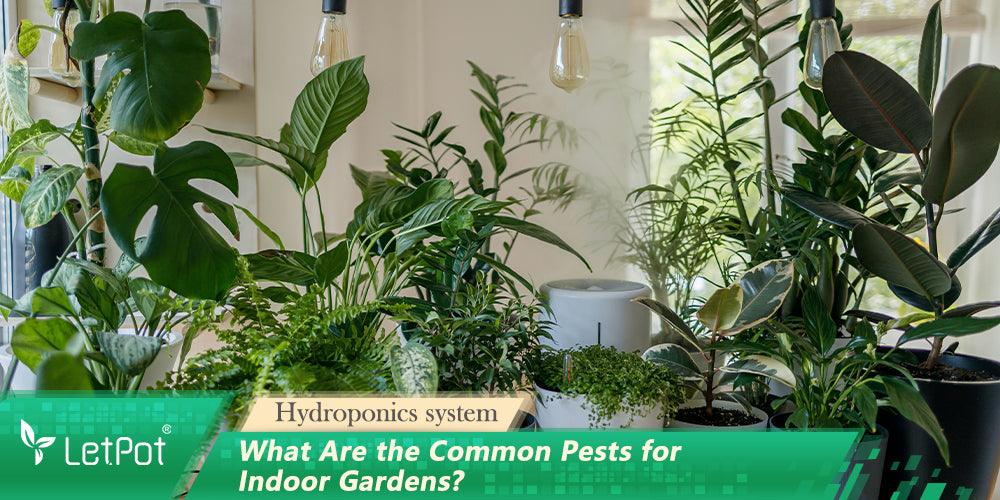
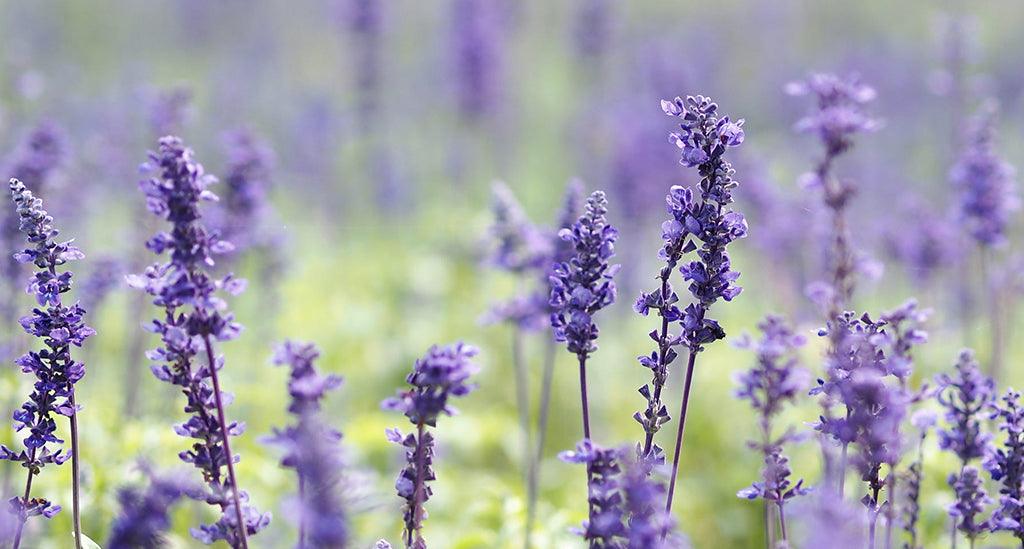
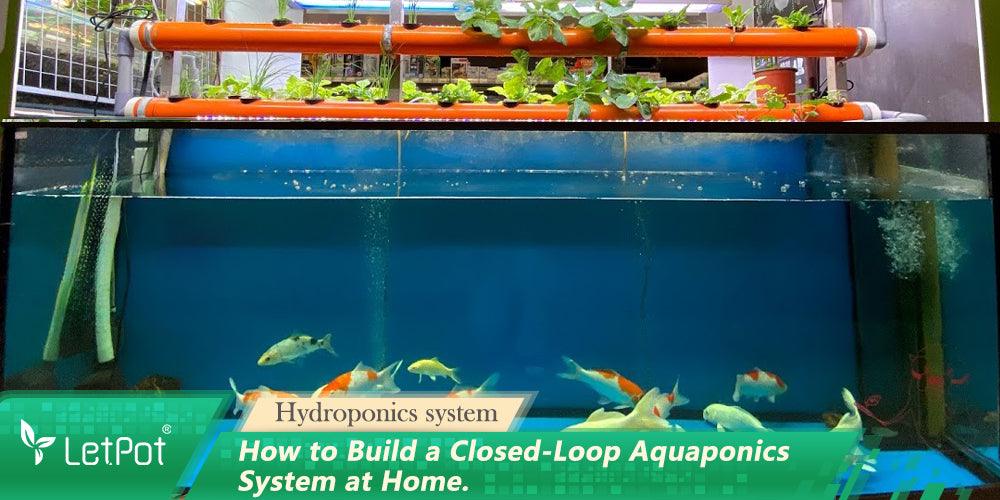
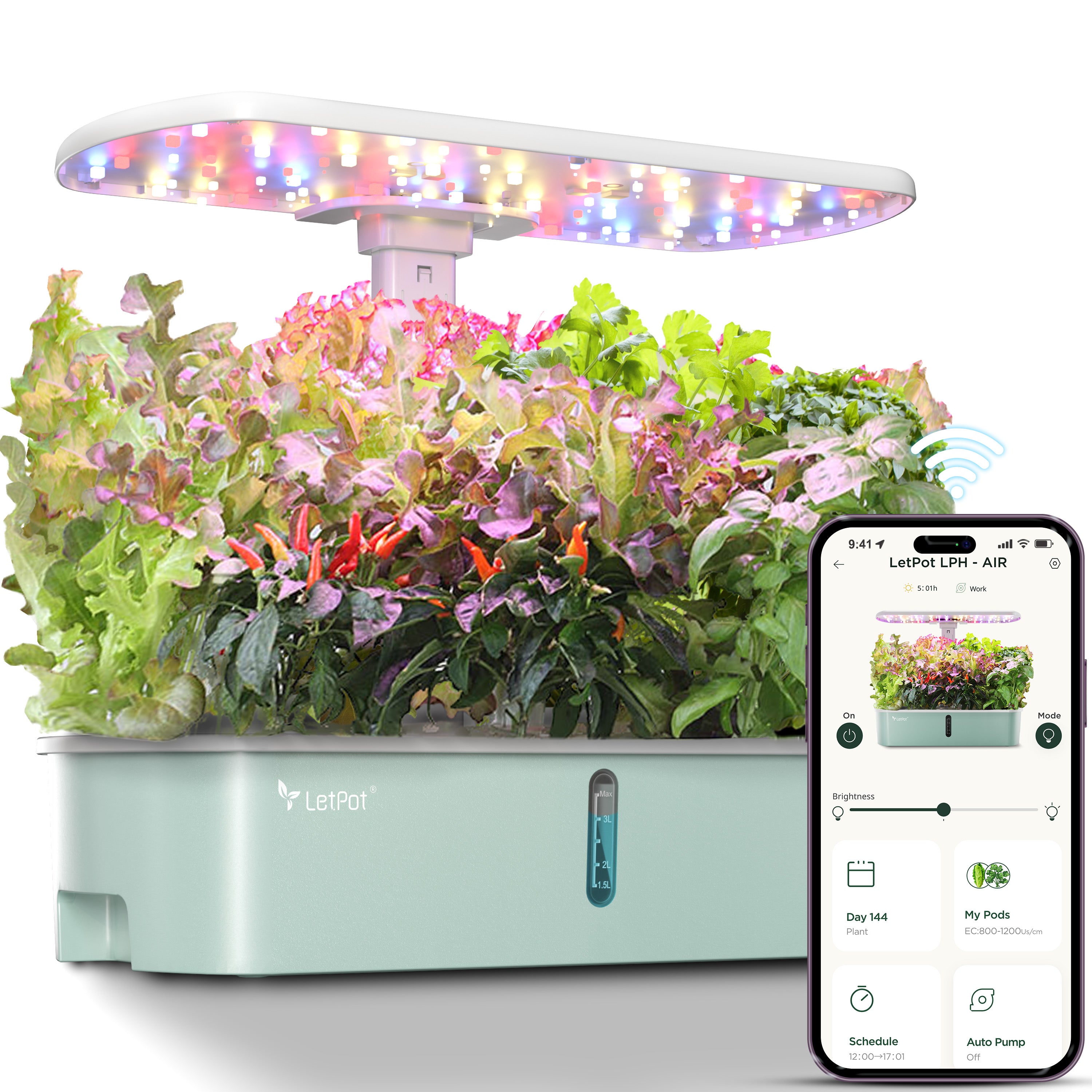
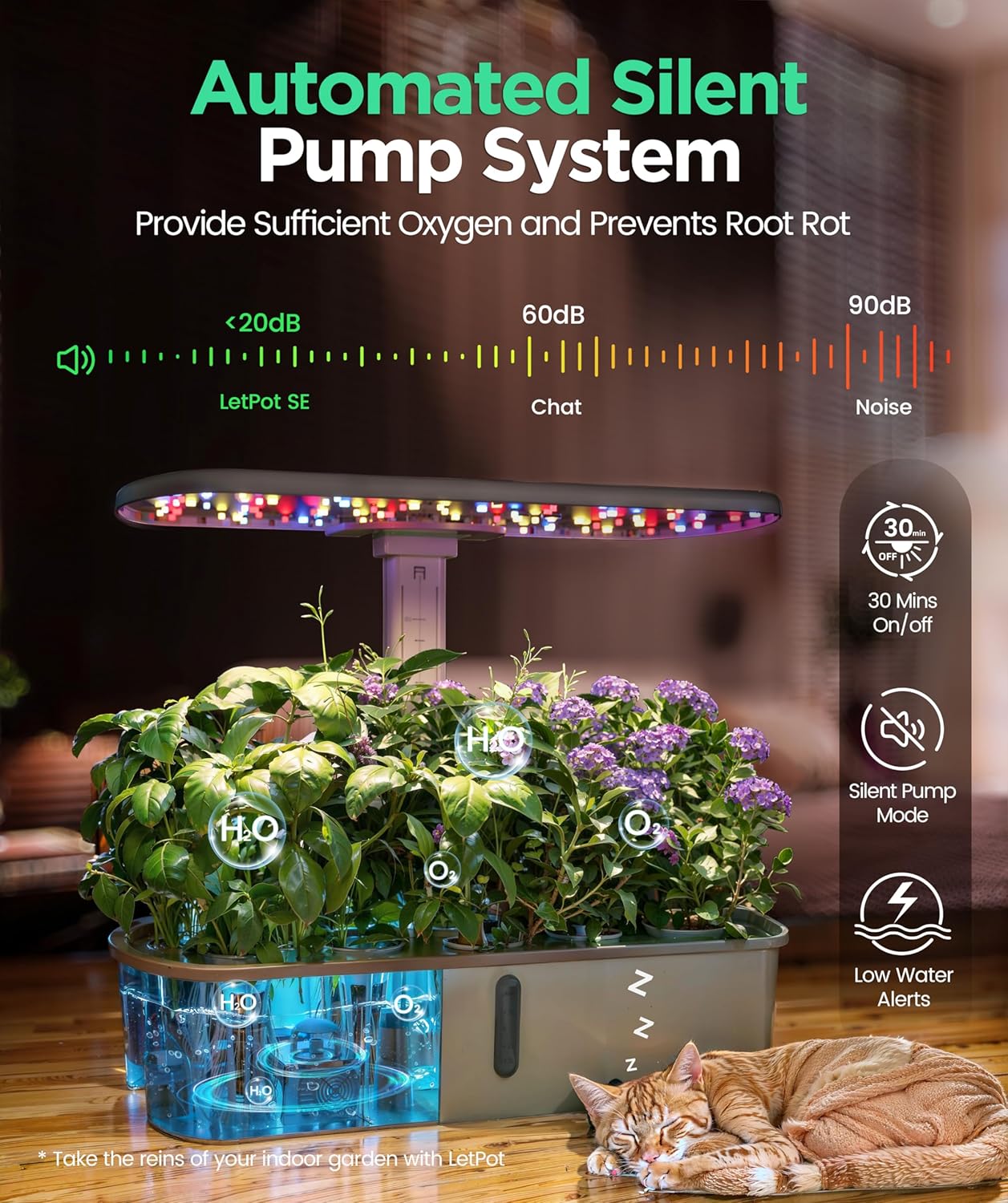

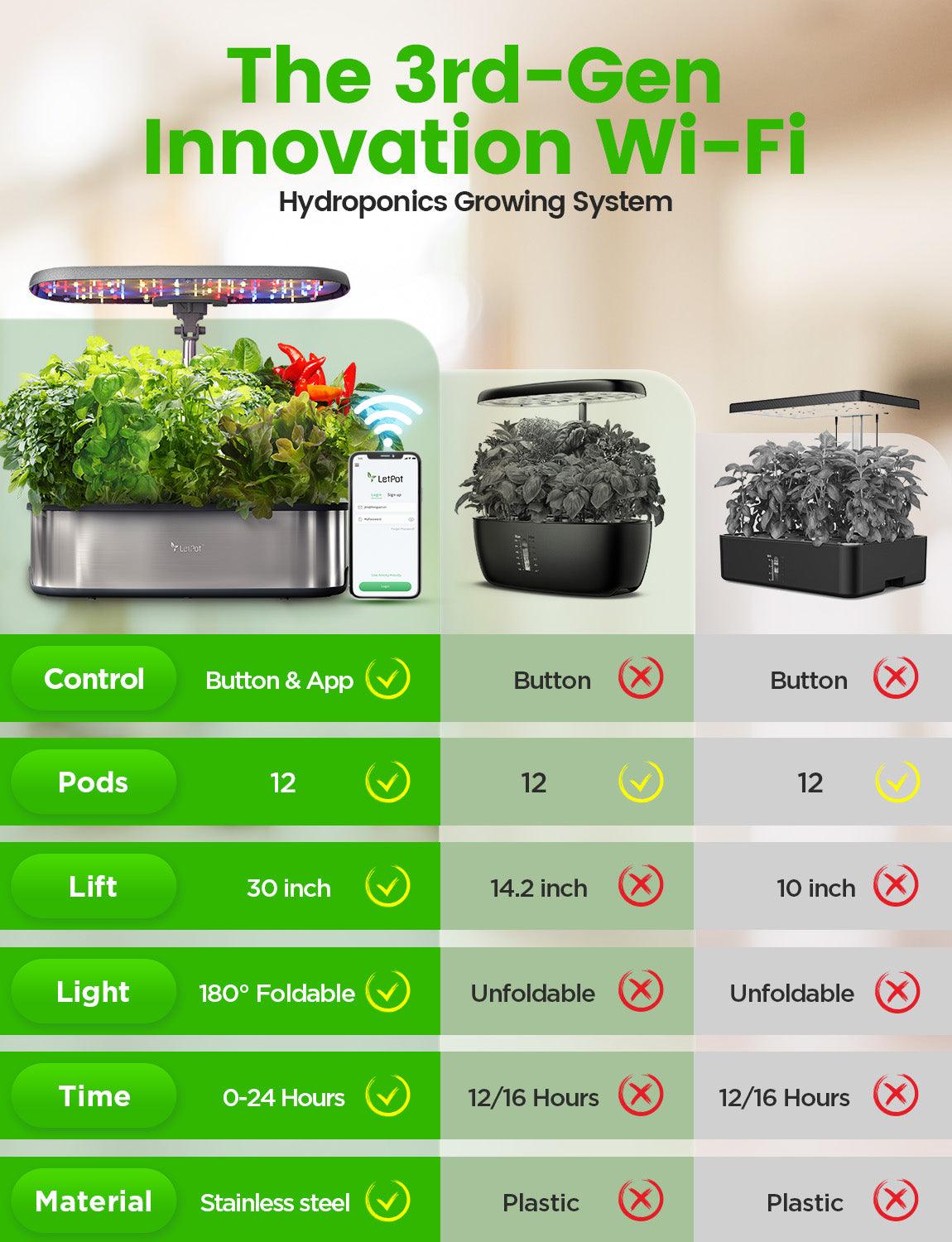
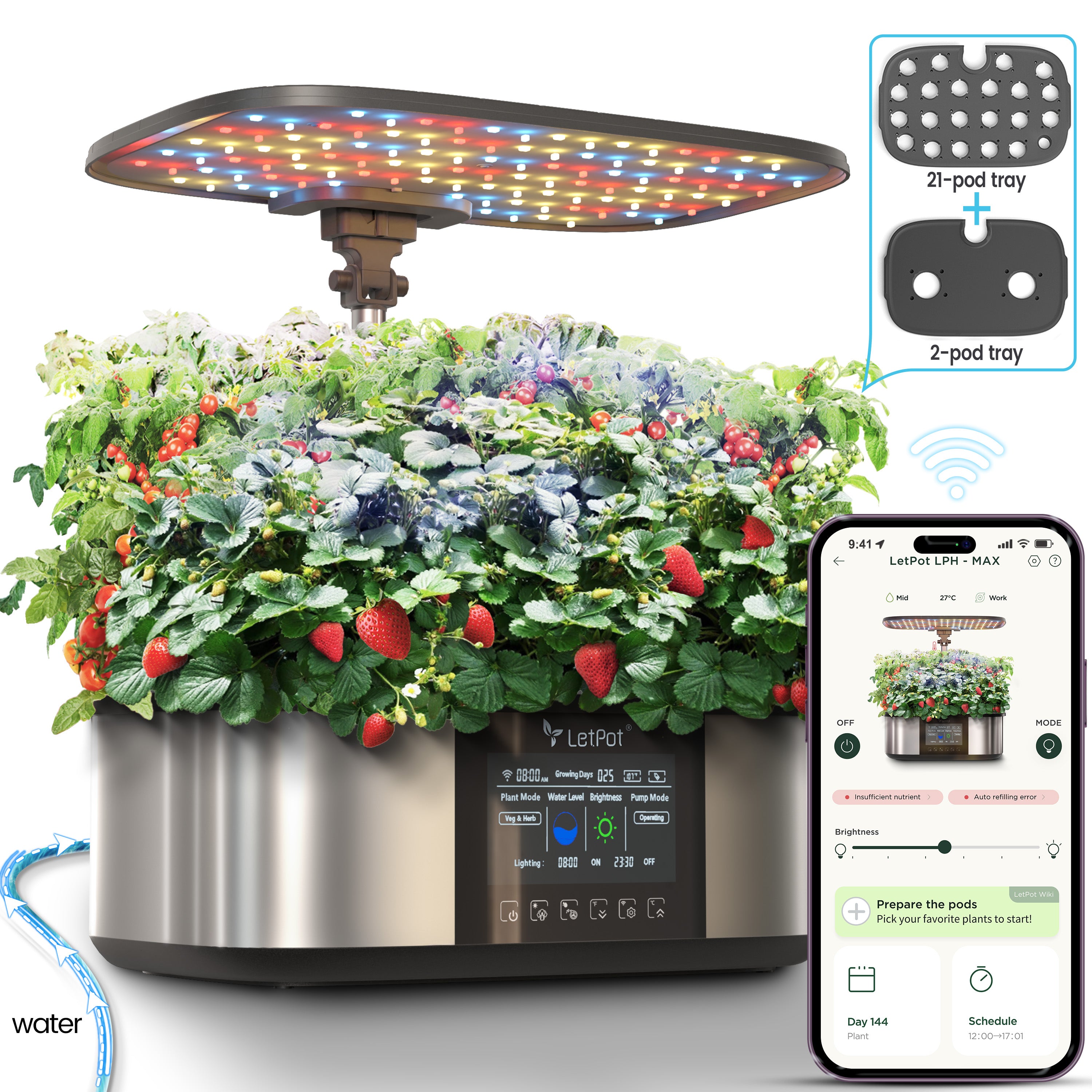
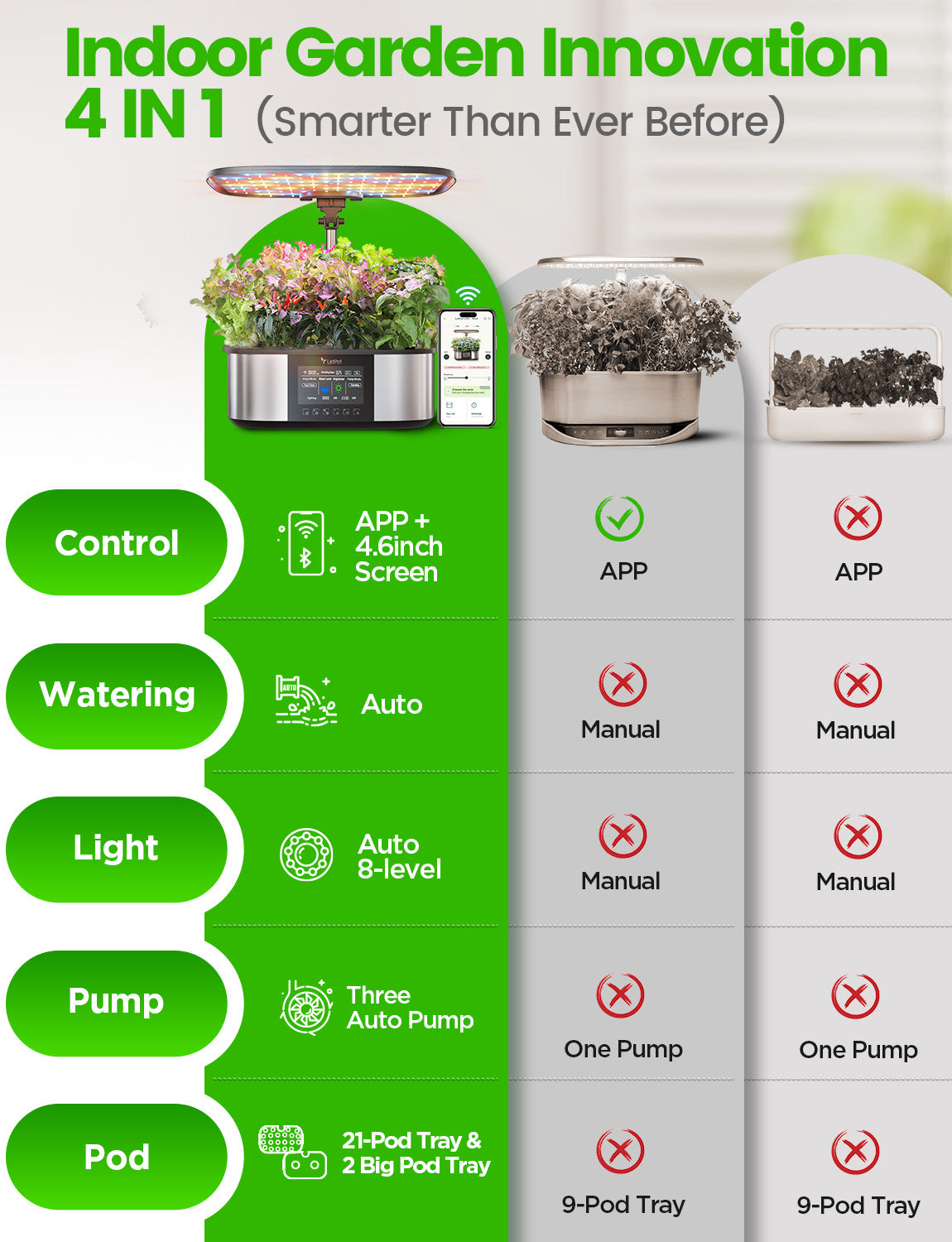
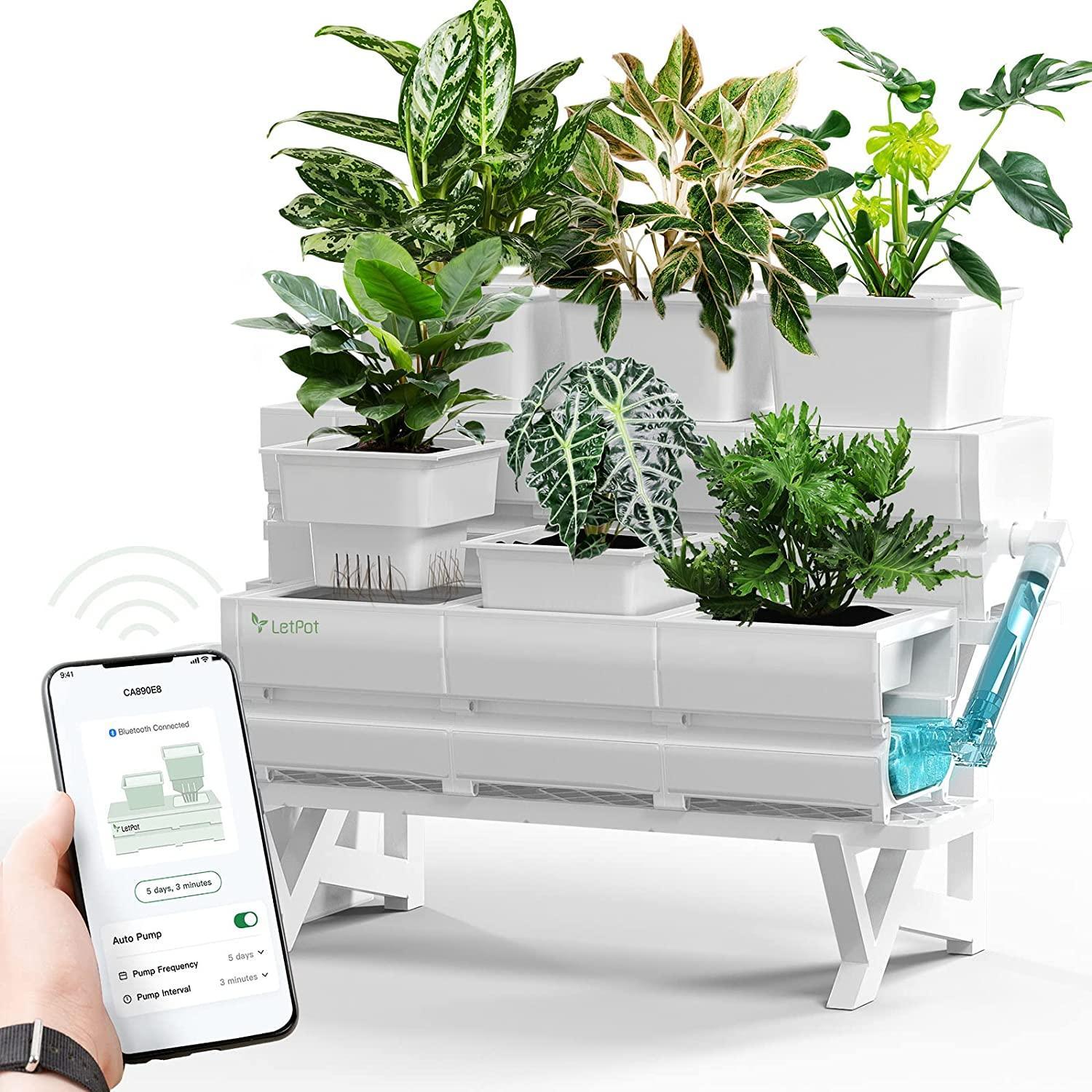
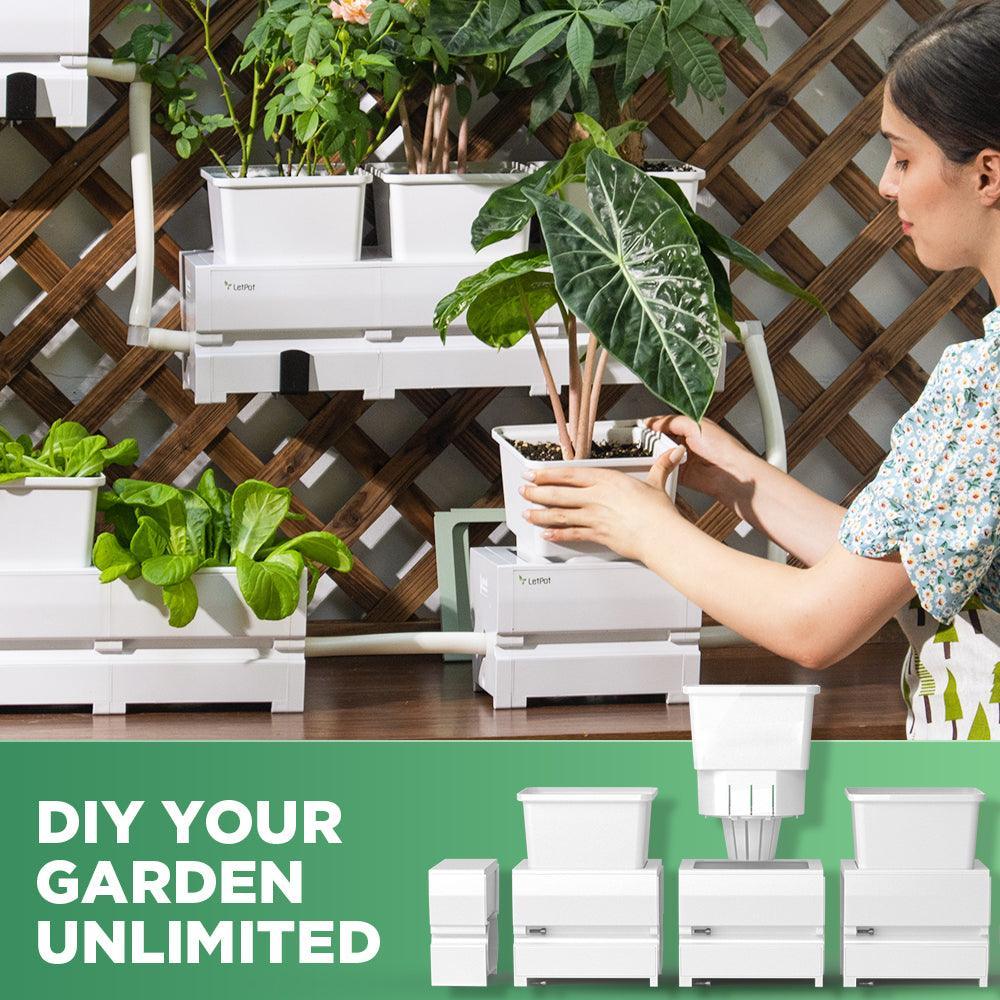
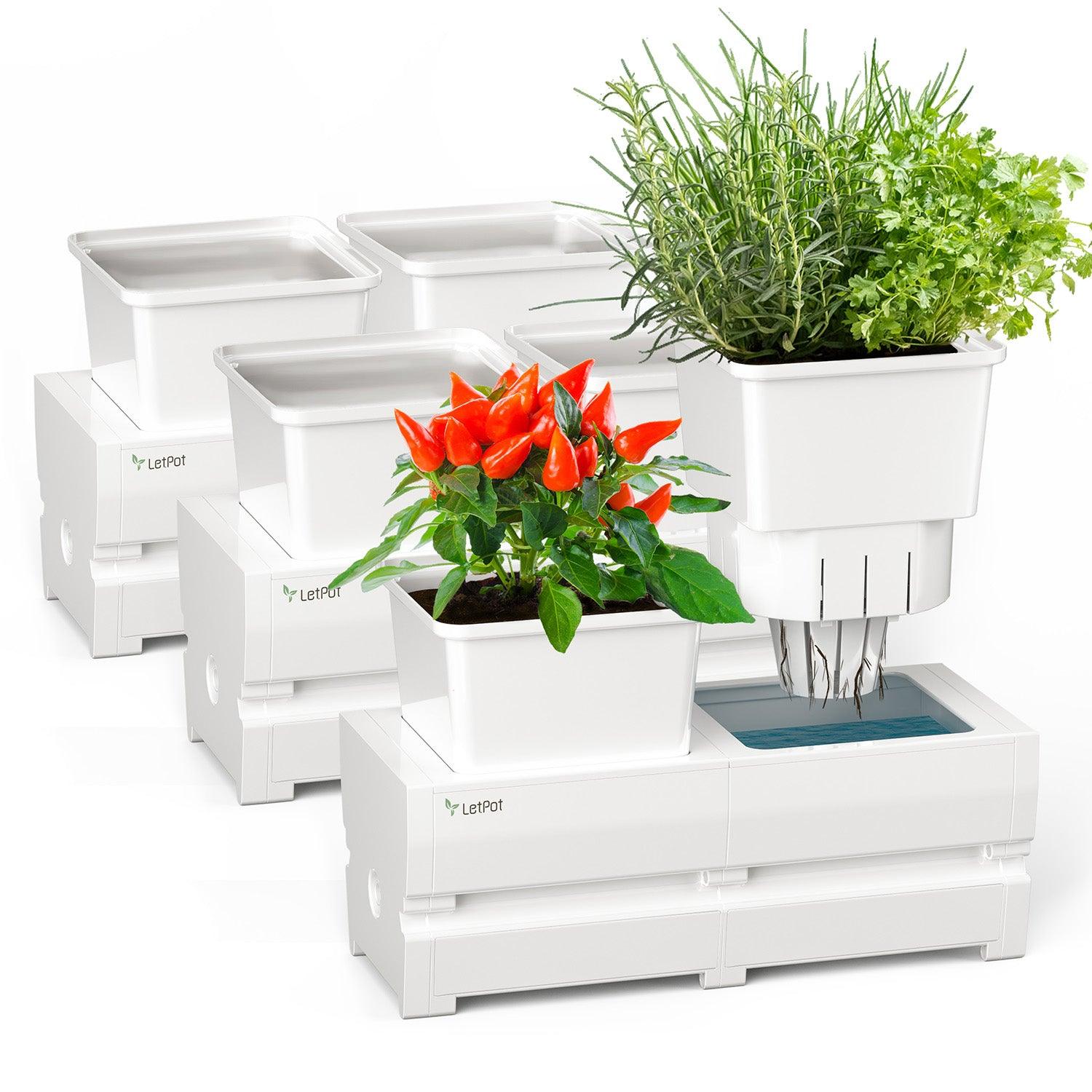

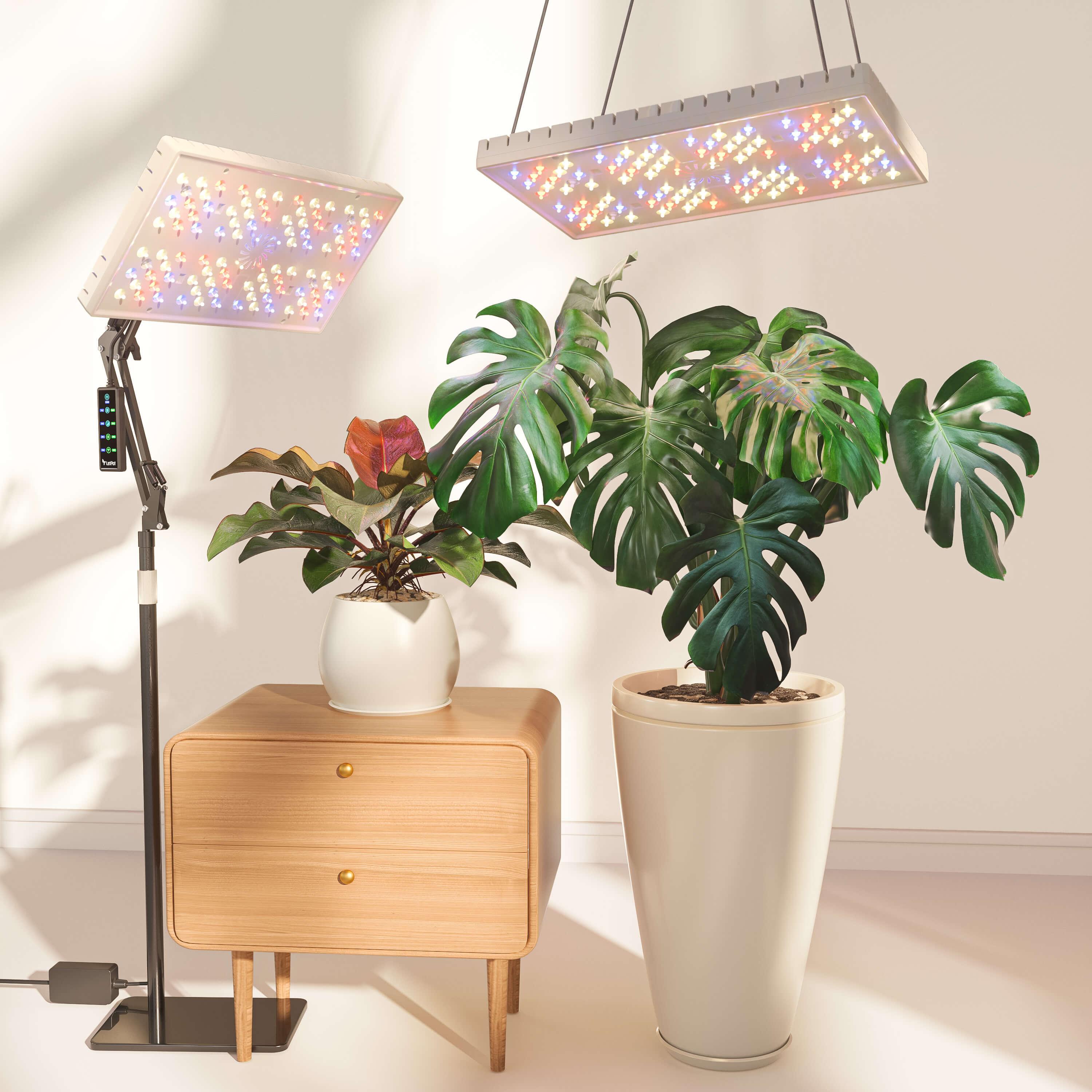
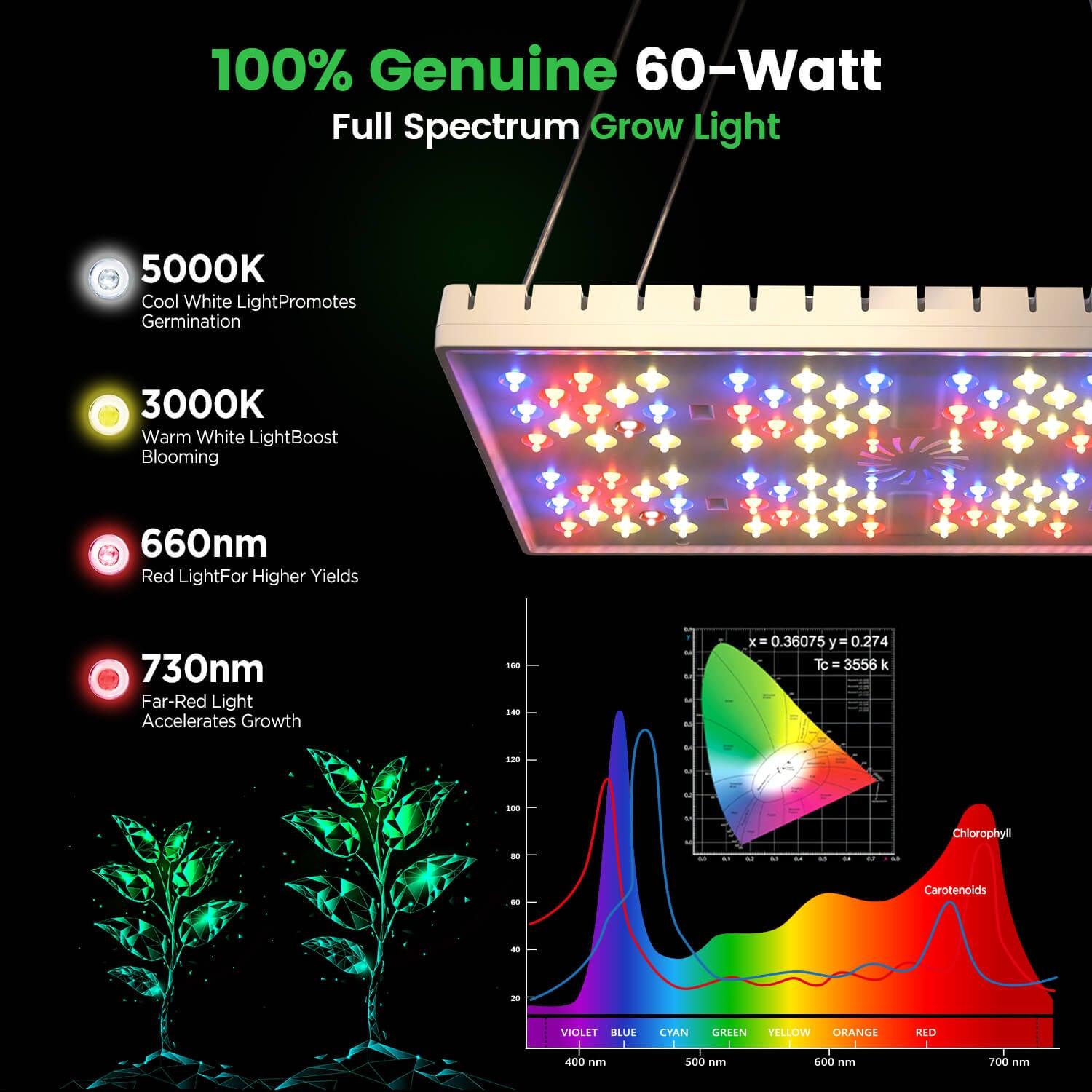

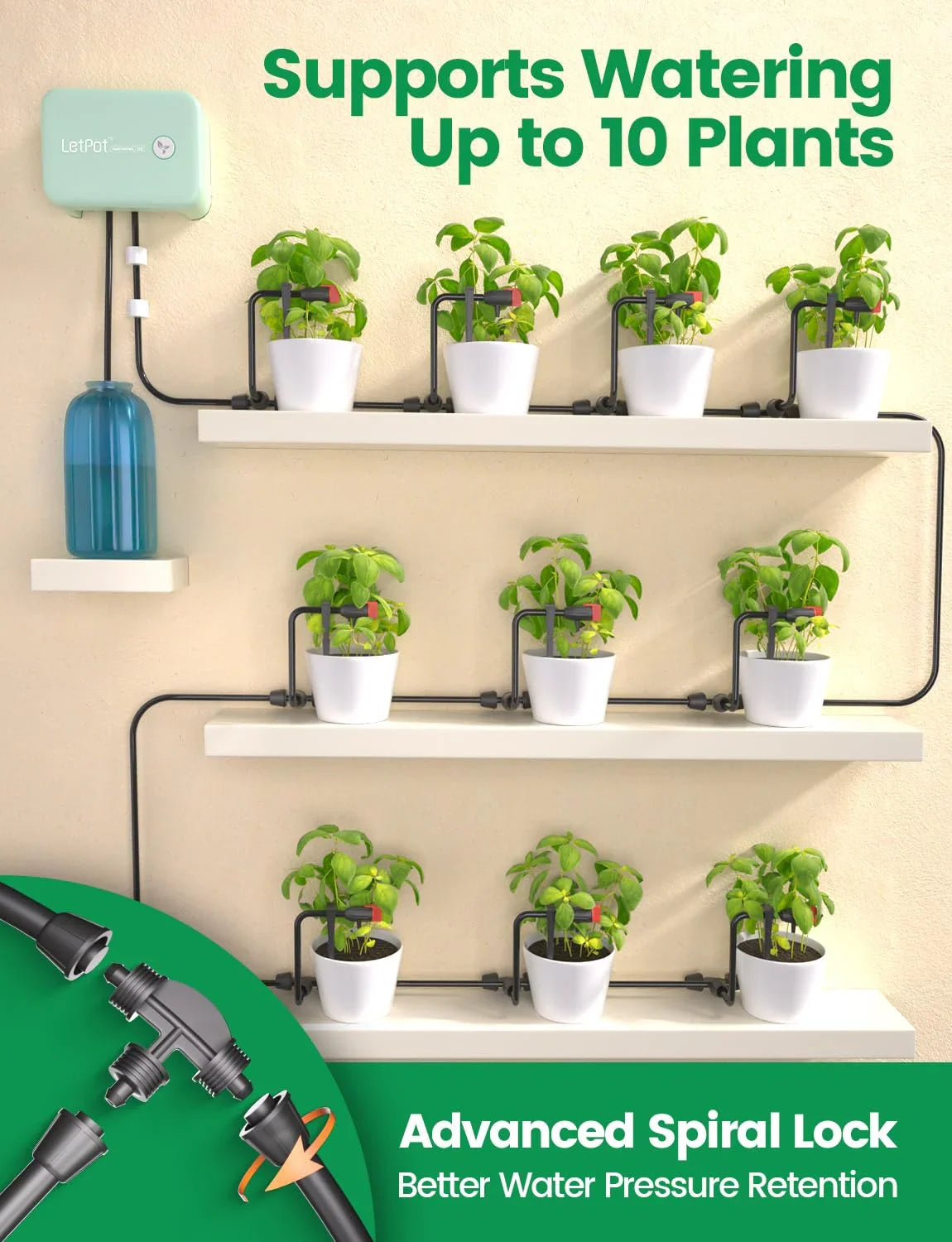
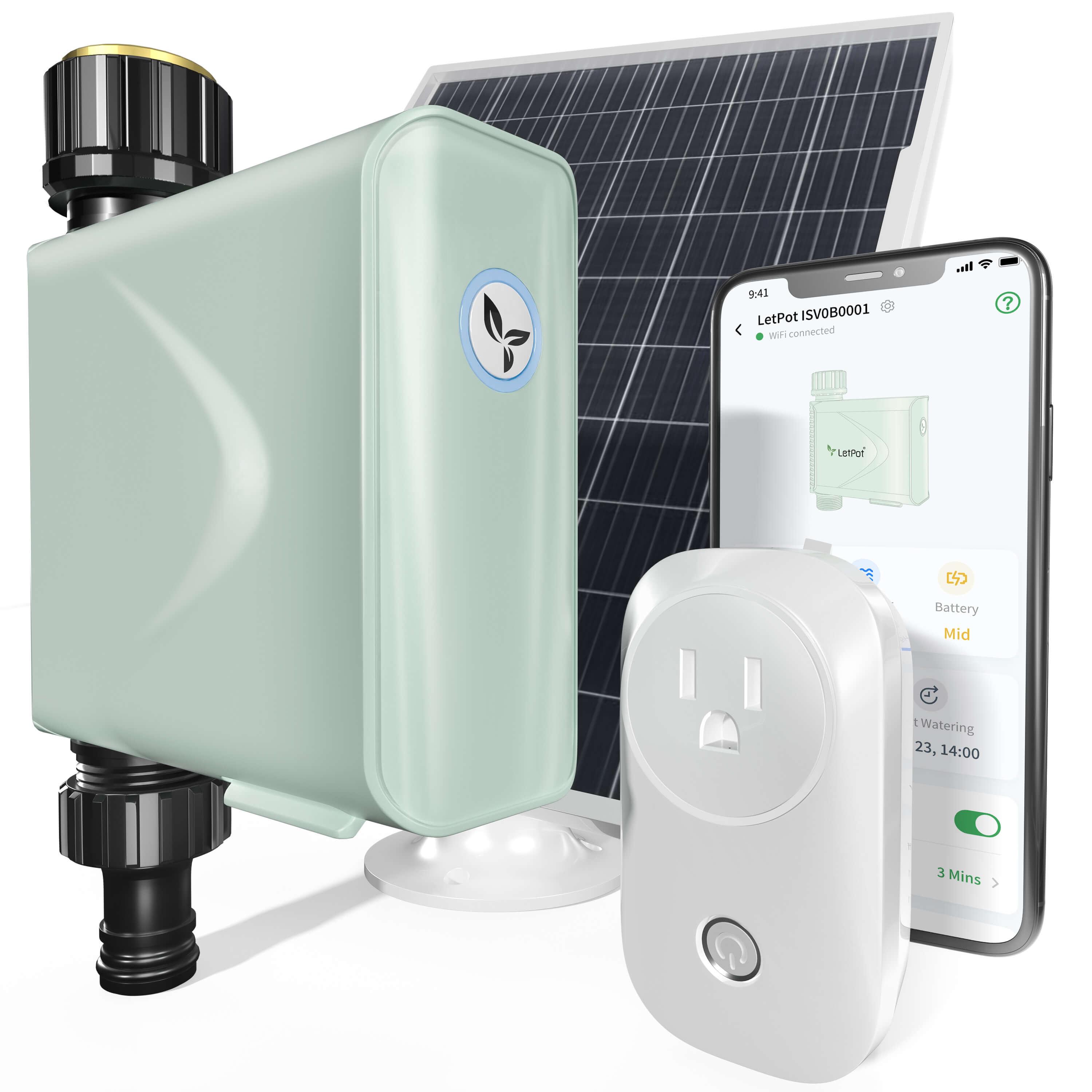
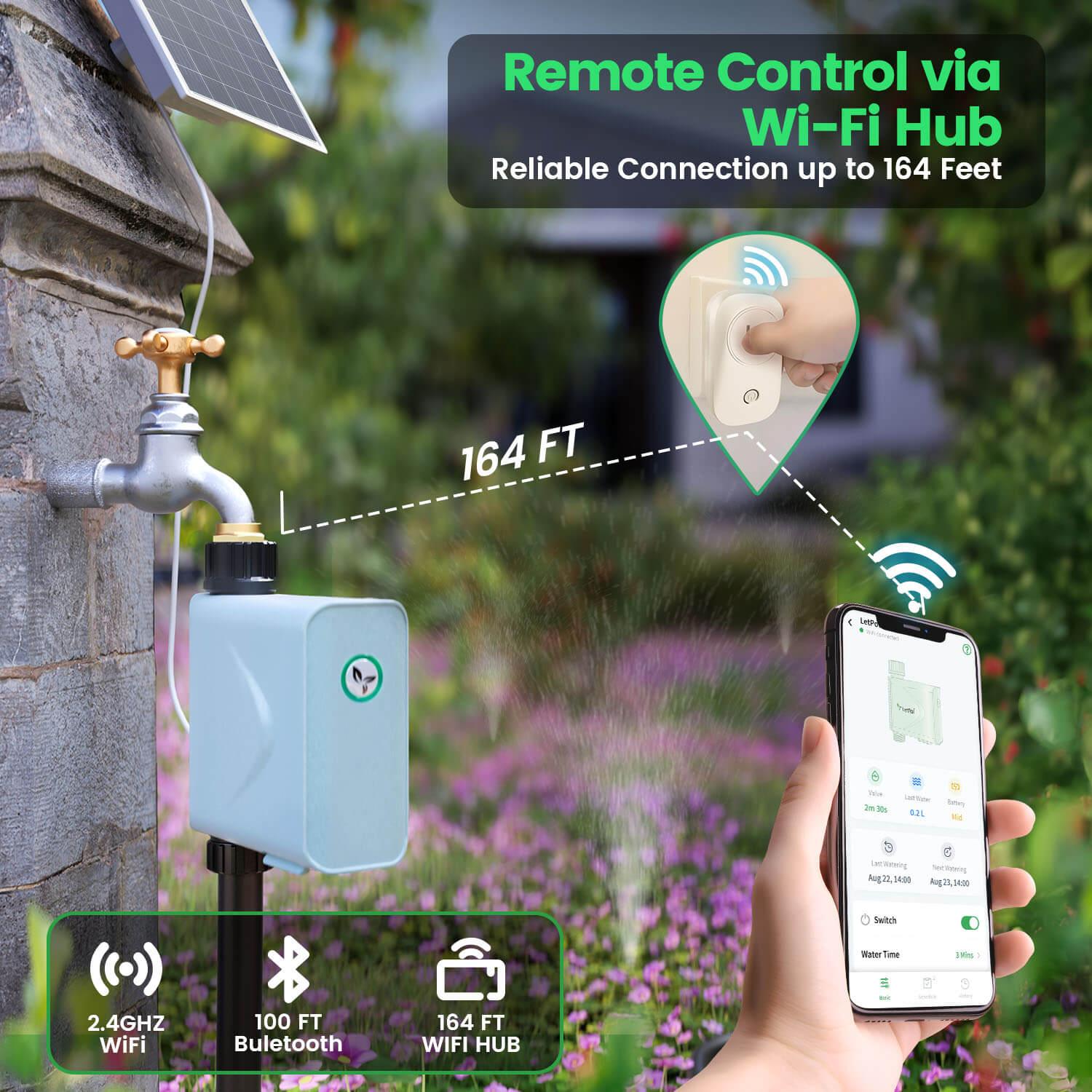

Leave a comment
All comments are moderated before being published.
This site is protected by hCaptcha and the hCaptcha Privacy Policy and Terms of Service apply.